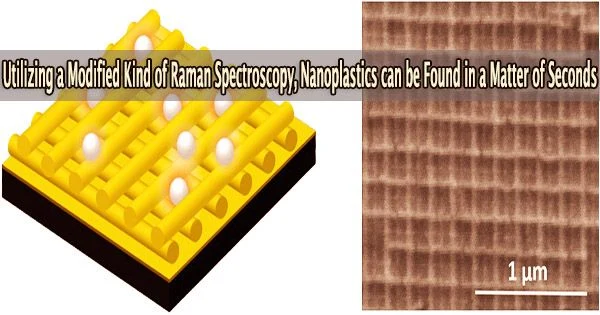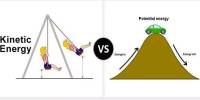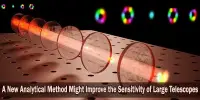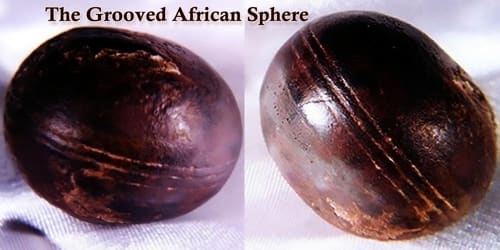Microplastics are minute, almost perceptible plastic fragments that, if consumed by animals, for instance, could have a negative impact on the ecosystem. It has proven challenging to evaluate the impact of even smaller particles, which are rarely detectable using standard techniques.
These particles include plastic particles with a diameter of less than one millimeter that are generally referred to as “nanoplastics.” Such tiny particles can even be absorbed into living cells.
Scientists at TU Wien (Vienna) have finally achieved the development of a measurement approach that is orders of magnitude faster than earlier methods at detecting individual nanoplastic particles. These results have been published in the journal Scientific Reports. The new method has the potential to become the basis for new measurement devices for environmental analysis.
Detecting molecules by wavelength
“We use a physical principle that has also often been used in chemical analysis, namely Raman scattering,” explains Sarah Skoff, group leader of the Solid State Quantum Optics and Nanophotonics research group at TU Wien. “In this process, molecules are illuminated with a laser beam, causing them to vibrate. Part of the energy of the laser light is thus converted into vibrational energy, while the rest of the energy is re-emitted in the form of light.”
The vibrational energy of the molecule may be calculated by measuring this light and comparing it to the laser light that was first released; since different molecules vibrate in different ways, it is also possible to identify which molecule it is.
“Ordinary Raman spectroscopy, however, would not be suitable for detecting the smallest nanoplastics,” says Skoff. “It would be far too insensitive and take far too long.”
We use a physical principle that has also often been used in chemical analysis, namely Raman scattering. In this process, molecules are illuminated with a laser beam, causing them to vibrate. Part of the energy of the laser light is thus converted into vibrational energy, while the rest of the energy is re-emitted in the form of light.
Sarah Skoff
The research team therefore had to search for physical effects that could significantly improve this technique.
The trick with the gold grid
They did this by using a technique that has previously been used to detect biomolecules in a similar way. The sample is put onto an extremely fine grid made of gold. The individual gold wires are only 40 nanometers thick and about 60 nanometers apart.
“This metal grid acts like an antenna,” says Skoff. “The laser light is amplified at certain points so there is a much more intense interaction with the molecules there. There is also an interaction between the molecule and the electrons in the metal lattice, which ensures that the light signal from the molecules is additionally amplified.”
The light that the molecules then emit is often dispersed into all of its wavelengths in conventional Raman spectroscopy to determine which chemical it is. However, the TU Wien team was able to show that the technique can also be simplified.
“We know what the characteristic wavelengths of the nanoplastic particles are, and so we look very specifically for signals at precisely these wavelengths,” Skoff explains.
“We were able to show that this can improve the measurement speed by several orders of magnitude. Previously, you had to measure for 10 seconds to get a single pixel of the image you were looking for with us, it takes just a few milliseconds.”
Studies using polystyrene (Styrofoam) shown that even at this incredibly fast speed, the nanoplastic particles can be accurately recognized, even at very low concentrations. Unlike other methods, this technique even allows the detection of individual particles.
The basis for new measurement devices
The research team hopes to further explore the new method’s potential uses, such as how it may be used to identify nanoplastics in biological and environmental samples like blood.
“In any case, we have now been able to show that the basic physical principle works,” says Skoff. “In principle, this lays the foundation for the development of new measurement devices that could be used to examine samples directly in nature outside the laboratory in the future.”














